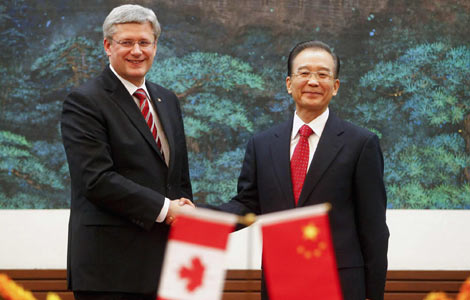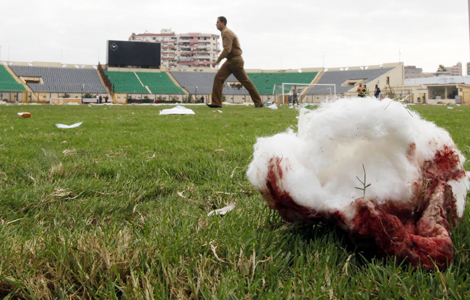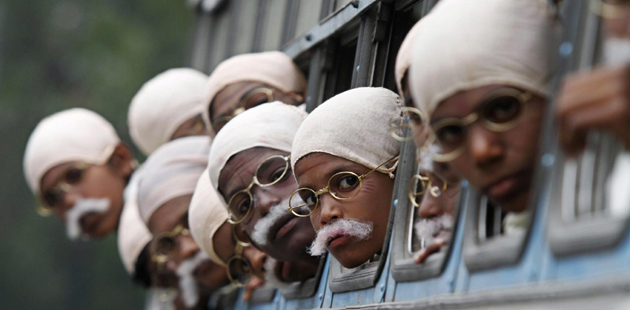Authorities to ban names that identify orphans
Updated: 2012-02-09 07:46
By He Dan (China Daily)
|
|||||||||||
"We used to think they were children of the Party because they had been taken care of thanks to the Party and the government," said Li. "However, some children grew up and felt uncomfortable that their name showed that they were raised in an orphanage and that their parents did not want them."
Guo Dangye, a 32-year-old resident of Datong city in Shanxi province, said her name reminded her daily that she was an "unwanted" child.
Guo was abandoned a few days after she was born without a right hand. A local orphanage took her in and the staff named her Dang Ye.
When she was adopted by a family surnamed Guo, they changed her name to Guo Dangye.
"A lot of people could not help digging up my past when they saw my name for the first time, and then they expressed sorrow or contempt, which made me really upset," said Guo, now a lecturer at Datong University.
Huang Fang, who works for a government-funded orphanage in Guangzhou, Guangdong province, said her organization in 2008 gave up the practice of naming abandoned children after the place where they were found.
"For example, if the child was found by police in Tianhe district and sent to our welfare home, the child would be surnamed Tian," she said.
Huang said her organization was already referring to the 100 most common Chinese surnames. All children enrolled in 2012 will be surnamed Zhao, she said.
Huang said she applauded the government's efforts to set restrictions on naming, recognizing the possible harm caused to those children's self-esteem by such special names as Dang or Guo, which means the Party or State in Chinese.
"This move shows the government is paying more attention to these children's psychological needs, which helps their development," said Zhang Zhirong, consultant to Half the Sky Foundation, a non-government organization that focuses on helping orphans.
Zhang also urged the government to improve the children's social involvement by placing more of them in standard education and job training programs.
Hot Topics
Kim Jong-il, Mengniu, train crash probe, Vaclav Havel, New Year, coast guard death, Internet security, Mekong River, Strait of Hormuz, economic work conference
Editor's Picks

|

|

|

|

|

|







